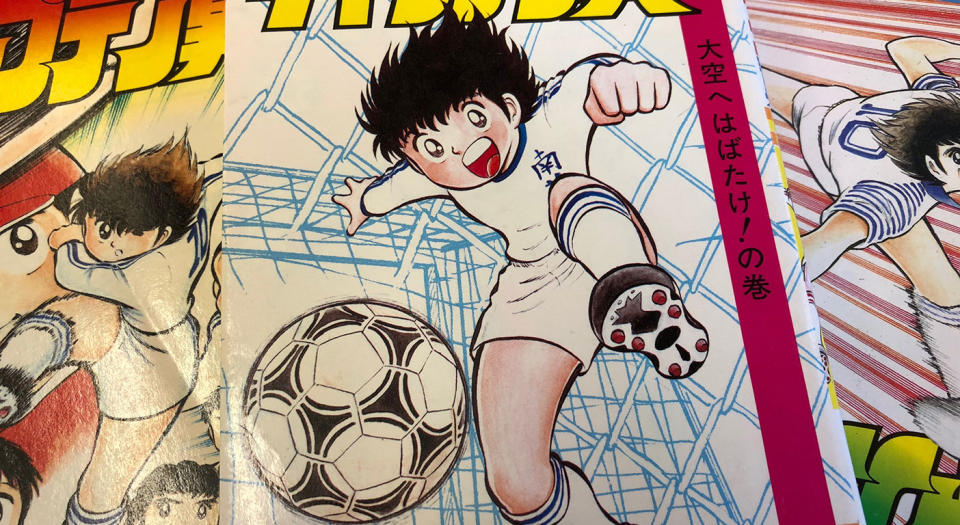How a comic book inspired a generation of soccer players
Japan was one of the better stories in the World Cup this year — an underdog team squeezing into the Round of 16 and nearly pulling off the biggest shocker in the tournament only to collapse in thrilling, historic fashion.
But even in defeat, it was hard not to be impressed with Japan’s resiliency. What makes their unexpected success even more impressive is that soccer in Japan is in its relative infancy. Japan qualified for its first World Cup in 1998 and welcomed its first fully professional league — the J. League — only five years before that.
One of the catalysts for these landmarks, and eventually Japan’s run at the 2018 World Cup, started on the pages of Captain Tsubasa, a comic book series about a prodigious Japanese soccer player named Tsubasa Oozora.

It’s hard to believe that something as simple as a comic book could change the sports culture of an entire country, but that’s kind of what happened. The manga, which was first published in 1981 and later turned into an animated series, was immensely popular in Japan and inspired an entire generation to become fans of the beautiful game. International stars like Fernando Torres and Japanese legend Hidetoshi Nakata have even credited the comic series with inspiring them to pursue their dreams in soccer.
With the Japanese Football Club of Toronto hosting a viewing party for its group stage game against Senegal, I had to find out first hand from Japanese fans just how important Captain Tsubasa was to the growth of the game back home.

 Yahoo Sports
Yahoo Sports 


